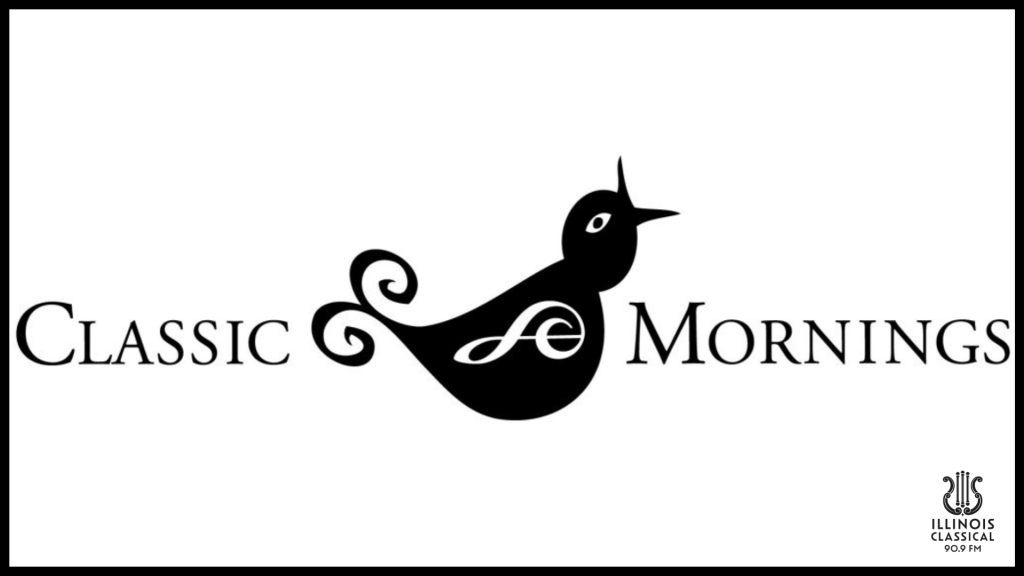Winners All Around

I can’t say it anymore. He’s no longer the only American pianist to win the gold medal at the International Chopin Competition in Warsaw, Poland.
The competition ended on October 20. And the winner was Eric Lu, who’s from Massachusetts and a couple of months shy of his 28th birthday. Garrick Ohlsson, from New York, won the gold medal 55 years ago, in 1970, when he was 22. But Eric Lu participated in the competition 10 years ago, when he was 17, finishing in 4th place. He already has appeared with orchestras all over the world. So, it’s not as though he’s a newcomer on the classical music scene.
Garrick Ohlsson was present at this year’s competition. In fact, he headed the jury of 17, which chose Eric Lu as the winner. I’m slowly learning to say, without hesitation: “Here’s Garrick Ohlsson, the first of only two American pianists to win the gold medal at the International Chopin Competition in Warsaw.” And I’m looking forward to hearing recordings with Eric Lu.
Martha Argerich, from Buenos Aires, won the Chopin Competition in 1965. She was 24 at the time. She helped us celebrate one of two milestone anniversaries on October 25. Tchaikovsky’s Piano Concerto No. 1 was performed for the first time on that day 150 years ago, in 1875. Argerich’s recording with the Bavarian Radio Symphony Orchestra, conducted by Kirill Kondrashin, was recorded 45 years ago.
The other special celebration on October 25 was the bicentennial of the birth of Johann Strauss Jr (1825-1899). The first work by the “Waltz King” that came to mind was the famous “Blue Danube.” There are lots of recordings of it. Many of those are from the New Year’s Concerts in Vienna. The waltz is always the second to last work on the program, just before the clap-along Radetsky March by Johann Strauss Sr.
The thought came to me that there might be music boxes that play the “Blue Danube,” No, I wasn’t expecting one that plays the entire waltz, but just the familiar opening tune which follows the introduction. Searching online, I learned that there are quite a few. I listened to samples of three of them. One of those, a simple but attractive antique wooden box, actually played the first three tunes of the waltz! The fellow demonstrating the music box had just restored it. It was a treat to see the inner workings of the wind-up instrument and to hear the waltz played with percussive perfection. I remembered that the waltz began as a choral work with lyrics that had nothing to do with the Danube River. And Strauss eventually arranged the purely orchestral version.
There are countless examples of pieces of music which underwent changes. According to the late American music historian Paul Bierley, at the United States Marine Corp website, John Philip Sousa’s The Liberty Bell was originally part of an operetta which the composer was working on. Then, it became a march without a title. The composer and one of the managers of his band were watching a stage show in Chicago. At one point, a backdrop appeared with a huge painting of the Liberty Bell. The next morning, the composer received a letter from his wife, who wrote that their son had marched in his first parade. The parade, which took place in Philadelphia, celebrated the return of the Liberty Bell, which had been on tour. Now you know the inspirations for the title.
I passed that story along on the birthday of the “March King.” Sousa’s birthday is also the birthday of the Belgian instrument maker Adolphe Sax, who invented the saxophone. He was born 40 years before Sousa, on November 6, 1914. Barry Owen Furrer, at the Sousa Music website, tells the story that Sousa sometimes had the members of the saxophone section of his band play sax sextet encores or sax octet encores
The Concierto de Aranjuez, by Joaquín Rodrigo has earned its share of encores over the decades. November 9 marked the 85th anniversary of the first performance. At the website Ediciones Joaquín Rodrigo, there’s a photograph of the first page of the manuscript, which is in braille. The composer was blind from age 3. The Spanish guitarist/composer Regino Sáinz de la Maza encouraged Rodrigo to write the concerto. He would be the soloist at the premiere in Barcelona in 1940. Written in Paris, the theme of the lovely slow movement came to Rodrigo all at once, followed by that of the finale. The opening movement was the last to be written.
It reminds me that your gifts near the end of the calendar year, combined with those of generous listeners earlier in the year, can be a part of an amazing year of support! Please consider making a contribution at willgive.org. Thank you!

